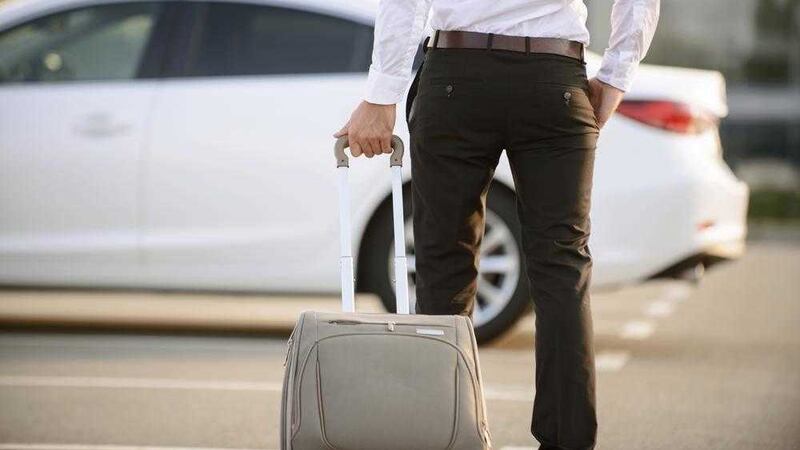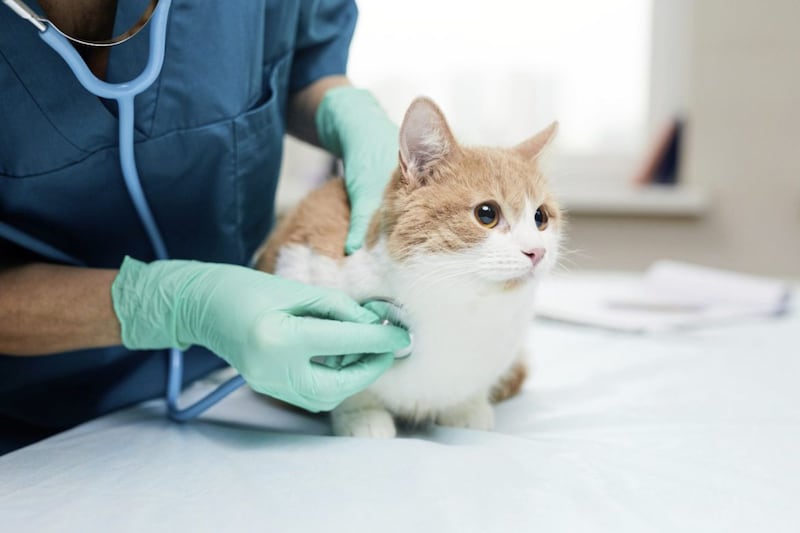QUESTION: I run my own small business. It operates from several base locations and both my employees and I are required to travel on a regular basis between these locations and to customers’ premises. What payments qualify for business travel and can my employees claim tax relief on these payments?
ANSWER: Travelling and subsistence expenditure incurred by or on behalf of employees gives rise to many problems in deciding whether tax relief is available on travel and subsistence.
Many employees have a place of work which they regularly attend and make occasional trips out of the normal workplace to a temporary workplace. Often an employee will travel directly from home to a temporary workplace and vice versa. An employee can claim full tax relief on business journeys made.
A business journey is one which either involves travel from one place of work to another or from home to a temporary workplace or to home from a temporary workplace.
Journeys between an employee's home and a place of work which he or she regularly attends are not business journeys. These journeys are 'ordinary commuting' and the costs of these have to be borne by the employee. The term 'permanent workplace' is defined as a place which the employee 'regularly' attends. It is used in order to fix one end of the journey for ordinary commuting. Home is the normal other end of the journey for ordinary commuting.
:: Example 1 - An employee usually commutes by car between home in Armagh and a normal place of work in Newry. This is a daily round trip of 38 miles. On a particular day, the employee instead drives from home in Armagh to a temporary place of work in Belfast. A round trip of 82 miles. The cost here is the cost of the travel undertaken (82 miles). A deduction would be available for that amount.
:: Example 2 - An employee who normally drives 40 miles in a northerly direction to work is required to make a 100 mile round trip south to a client's premises. His employer reimburses him for the cost of the 100 miles trip. A deduction would be available for that amount.
Subsistence includes accommodation and food and drink costs whilst an employee is away from the permanent workplace. Subsistence expenditure is specifically treated as a product of business travel and is therefore treated as part of the cost of that travel.
Some travel between a temporary workplace and home may not qualify for relief if the trip made is 'substantially similar' to the trip made to or from the permanent workplace. 'Substantially similar' is interpreted by HMRC as a trip using the same roads or the same train or bus for most of the journey.
Where an employee is sent away from his permanent workplace for many months, the new workplace will still be regarded as a temporary workplace if the posting is either expected to be for less than 24 months, or if it is expected to be for more than 24 months, the employee is expected to spend less than 40 per cent of his working time at the new workplace.
The employee must still retain his permanent workplace.
:: Example 3 - Paul works in Newry. His employer sends him to Belfast for 1.5 days a week for 28 months. Paul will be entitled to relief. Any posting over 24 months will still qualify provided that the 40 per cent rule is not breached.
Some employees do not have a normal place of work but work at a succession of places for several days, weeks or months. Examples of site-based employees include construction workers, safety inspectors, computer consultants and relief workers.
A site-based employee's travel and subsistence can be reimbursed tax free if the period spent at the site is expected to be, and actually is, less than two years.
There are anti-avoidance provisions to ensure that the employment is genuinely site-based if relief is to be given. For example, temporary appointments may be excluded from relief where duties are performed at that workplace for all or almost all of that period of employment. This is aimed particularly at preventing manipulation of the 24 month limit through recurring temporary appointments.
For some employees, travelling is an integral part of their job. For example, a travelling salesman who does not have a base at which he works, or where he is regularly required to report. Travelling and subsistence expenses incurred by such an employee are normally deductible.
Some employees work at home occasionally, or even regularly. This does not necessarily mean that their home can be regarded as a place of work. There must be an objective requirement for the work to be performed at home rather than elsewhere.
This may mean that another place becomes the permanent workplace for example, an office where the employee ‘regularly reports’. Therefore any commuting cost between home and the office would not be an allowable expense. But trips between home and temporary workplaces will be allowed.
If there is no permanent workplace then the employee is treated as a site-based employee. Thus all costs would be allowed including the occasional trip to the employer's office. The home may still be treated as a workplace under the objective test above. If so, trips between home and any other workplace in respect of the same employment will be allowable.
In many situations, full tax relief can be given for travel and subsistence costs but there are borderline situations. These are just some live examples of situations where employees can be reimbursed for travel and subsistence. Many businesses and employees are missing out on tax relief for travel expenses and a simple review of businesses travel & subsistence treatment could ensure both you and your employees are getting the correct tax relief.
:: Malachy McLernon (m.mclernon@ pkffpm.com) is director of PKF-FPM (www.pkffpm. com). The advice in this column is specific to the facts surrounding the question posed. Neither the Irish News nor the contributors accept any liability for any direct or indirect loss arising from any reliance placed on replies.








